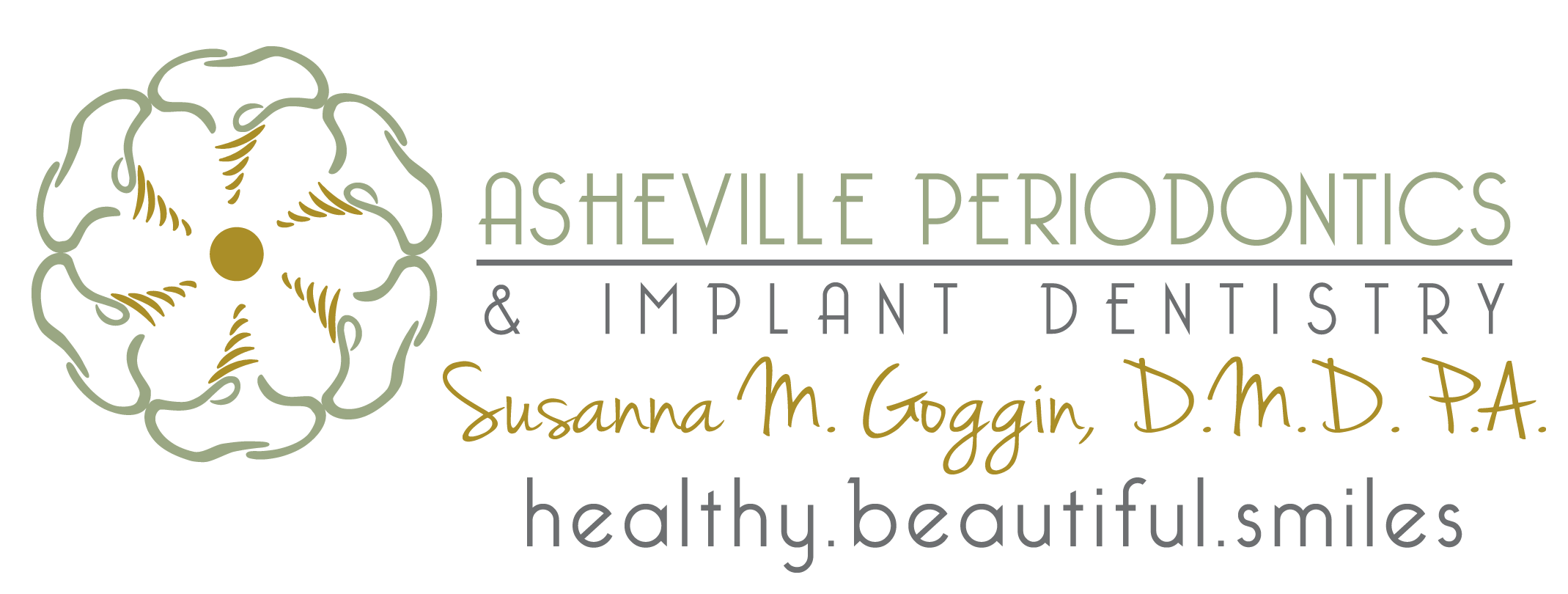Bone Grafting
Periodontal disease is the leading cause of bone loss in the oral cavity. A bone grafting procedure is an excellent way to replace lost bone tissue and encourage natural bone growth. Bone grafting is a versatile and predictable procedure which fulfills a wide variety of functions.
A bone graft is often recommended at the time of the extraction to prepare for implant placement. Teeth are held in place by bone, therefore when a tooth is lost; the supporting bone will begin to resorb. A bone graft may be required to increase bone in order to make a stable base for dental implant placement, to attempt to regrow bone loss due to periodontal disease, or to make the smile appear more aesthetically pleasing.
Over a period of time, the jawbone associated with missing teeth atrophies or is reabsorbed.This often leaves a condition in which there is poor quality and quantity of bone suitable for placement of dental implants. In these situations, most patients are not candidates for placement of dental implants without additional grafting.
Although it is often the case that the destruction of the bone due to gum disease is irreversible, new techniques and materials have been developed to allow the regeneration of bone in a predictable fashion. Enhanced bone grafts will stimulate the body’s own bone to form new bone. This not only gives us the opportunity to place implants of proper length and width, it also gives us a chance to restore functionality and aesthetic appearance.
Reasons for Bone Grafting
Extraction – Any time you have a tooth extracted, you lose a minimum of 50% of bone height because the site where the tooth was sitting does not fill in completely with the new bone. The sides of the socket slowly collapse, lowering the overall height of the bone. Bone width is also lost after tooth extraction. The goal of grafting at the time of extraction is to prevent the bone from shrinking and preserve the bone mass. Implants are often the preferred replacement method for missing teeth because they restore full functionality to the mouth; however, implants need to be firmly anchored into the bone to be successful. Regardless of the means of tooth replacement, grafting is almost always recommended at the time of extraction to help support the adjacent teeth and soft tissue.
Sinus Lift – The upper back jaw has traditionally been one of the most difficult areas to successfully place dental implants due to insufficient bone quantity and quality, and the close proximity of the sinus. Sinus augmentation can help correct this problem by raising the sinus floor and developing bone for the placement of dental implants. A sinus lift increases the vertical height of bone on the maxillary arch for future implant placement. This sinus lift involved elevating the sinus membrane and grafting bone onto the sinus floor so that implants can be securely placed.
Ridge Augmentation – Deformities in the upper or lower jaw can leave you with inadequate bone in which to place dental implants. Ridge deficiency in the bone can occur due to resorption trauma, injury, birth defects or sever periodontal disease. To correct this problem, the gum is lifted away from the ridge to expose the bony defect. The bone graft is used to fill in the ridge and make the jawbone a uniform shape. A space maintaining membrane is then placed over the bone graft material. After the bone graft has healed there will be increased bone volume for dental implant placement.
Guided Bone Regeneration
When bone is lost around teeth with periodontal disease, a regeneration procedure may be recommended to try and gain bone support around a tooth. The success of this procedure is related to the anatomy of the defect, as it must be able to contain the bone graft. In some situations, the anatomy of the defect cannot be evaluated until the soft tissues have been reflected.
The bone regeneration processes may be aided by:
- Gum/bone tissue regeneration – A thin barrier (membrane) is placed below the gum line over the grafting material. This barrier creates enough space for healthy tissue to grow and separates the faster growing gum tissue from the slower growing bone cells. This means that bone cells can migrate to the protected area and grow naturally. Varying types of absorbable and absorbable membranes are used depending on the goal of the procedure.
- Tissue stimulating proteins – Naturally, occurring growth factors or tissue stimulating proteins are something added to the bone grafting material prior to placing it in a defect. These help to recruit your body’s own bone growing cells to the site and increase bone formation.
- Platelet-rich growth factors – If your own growth factors are used a small sample of your blood will be obtained. This is then placed in a centrifuge and spun to separate the red blood cells from the platelets and fibrin. In the platelets and fibrin are your body’s own growth factors which in turn can be mixed with the bone graft material to increase regenerative potential and stimulate healing.
